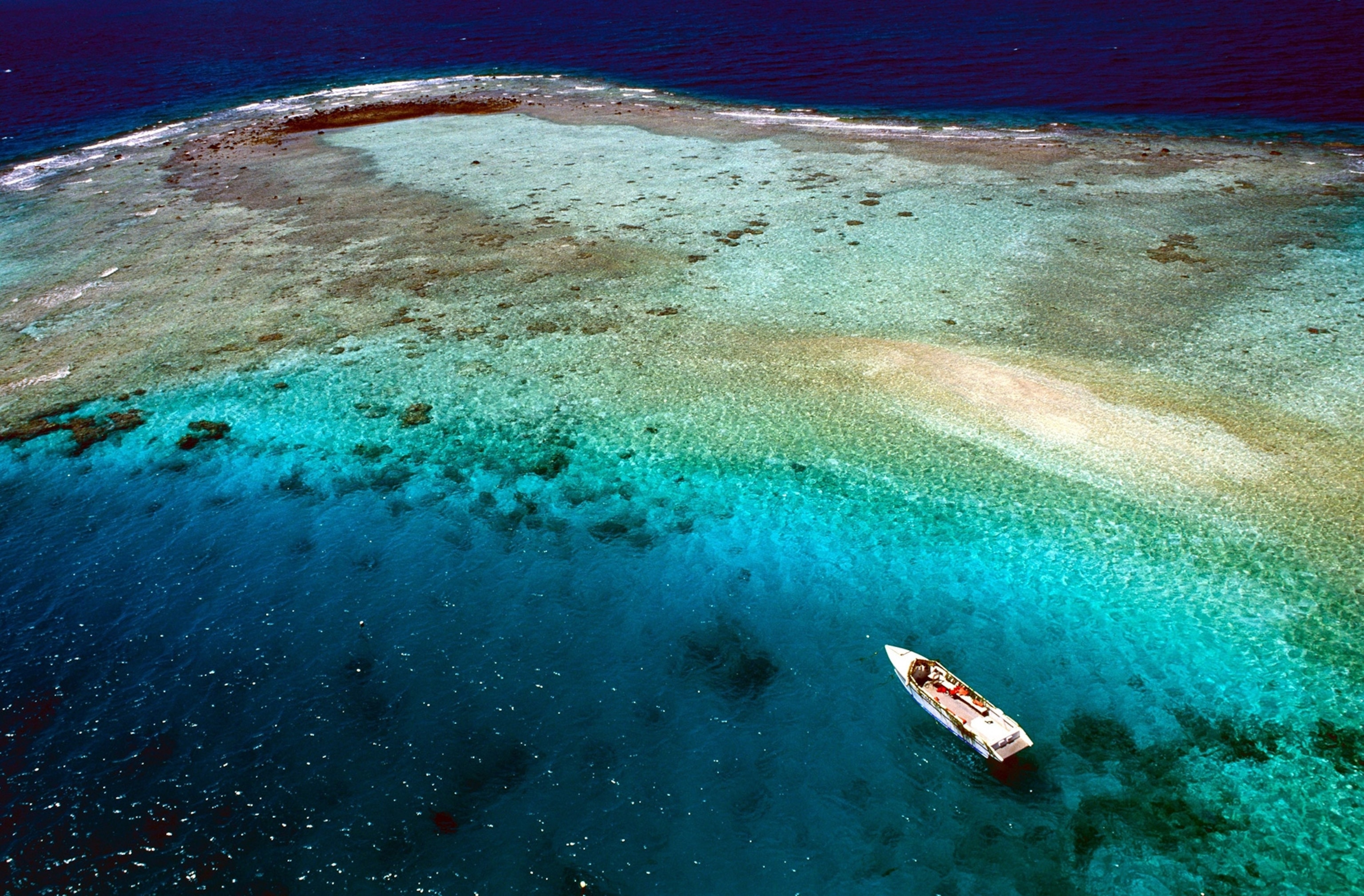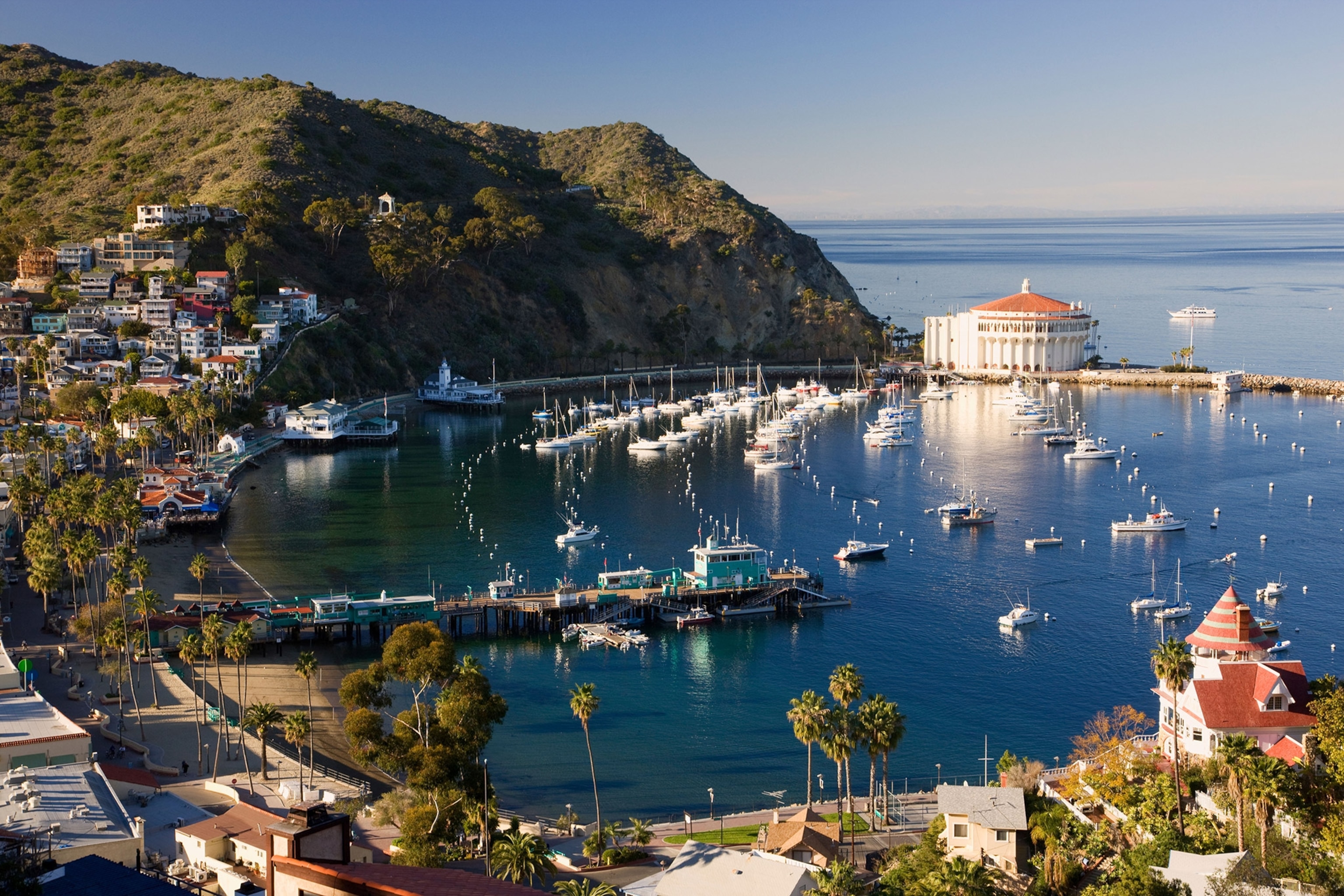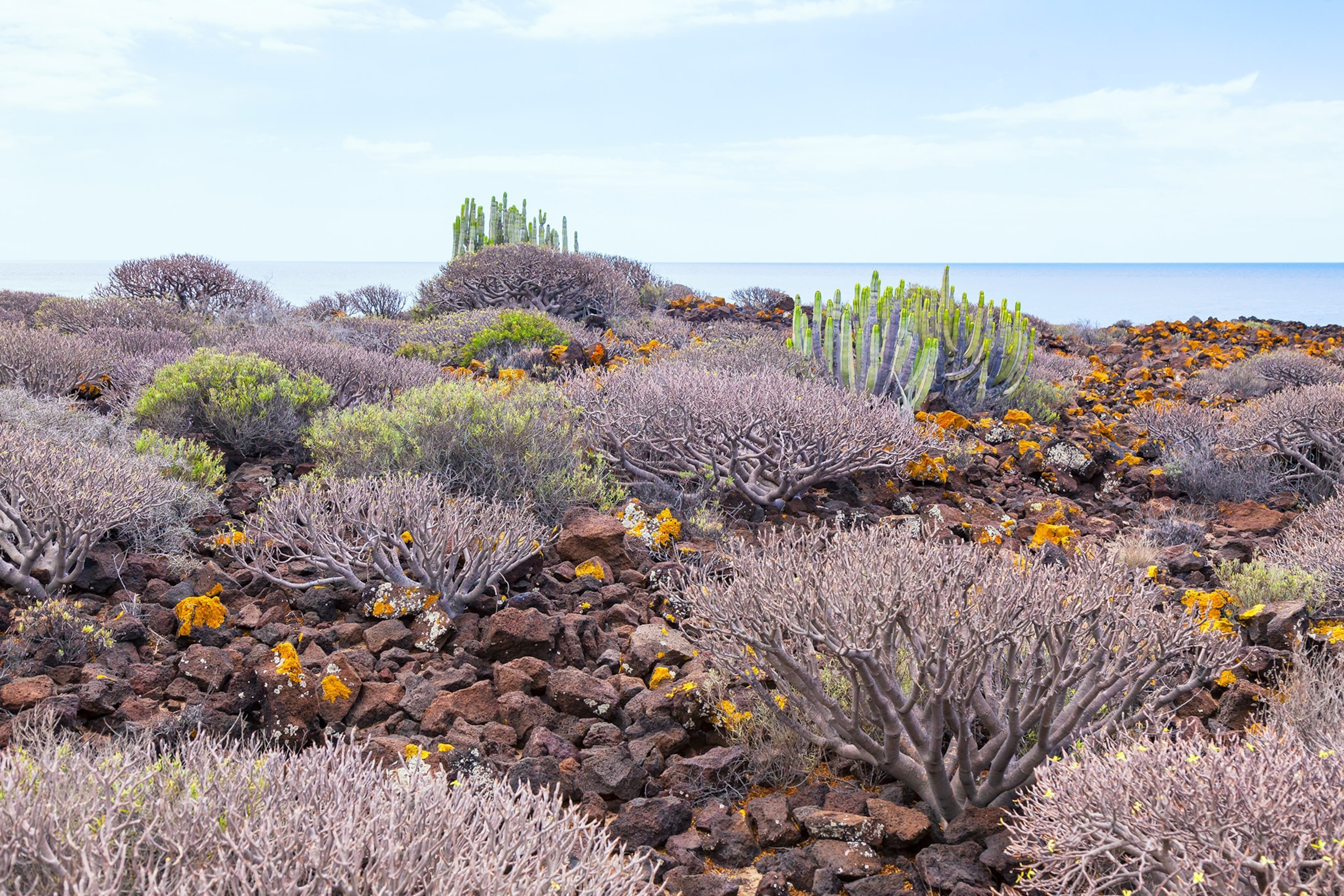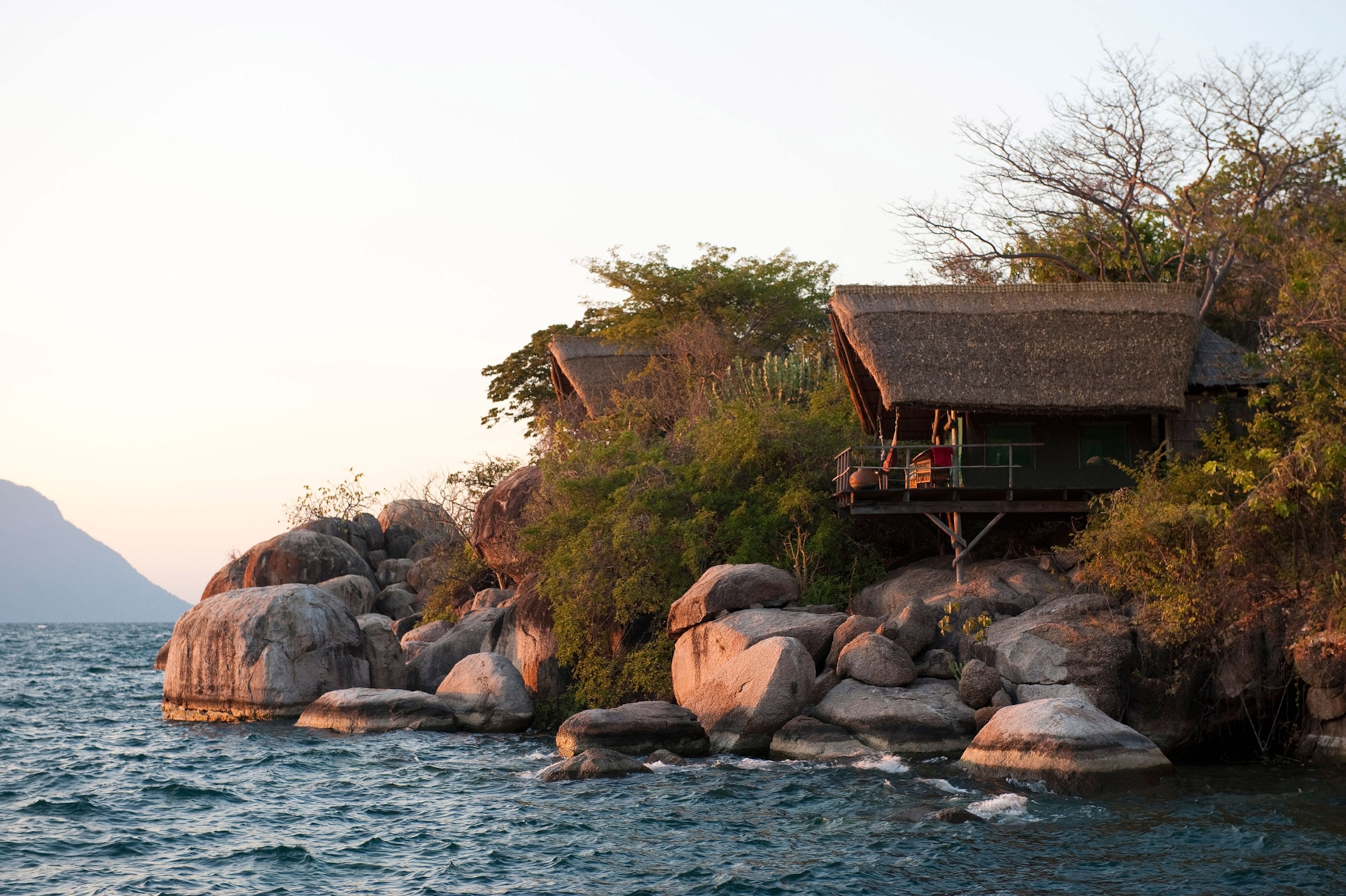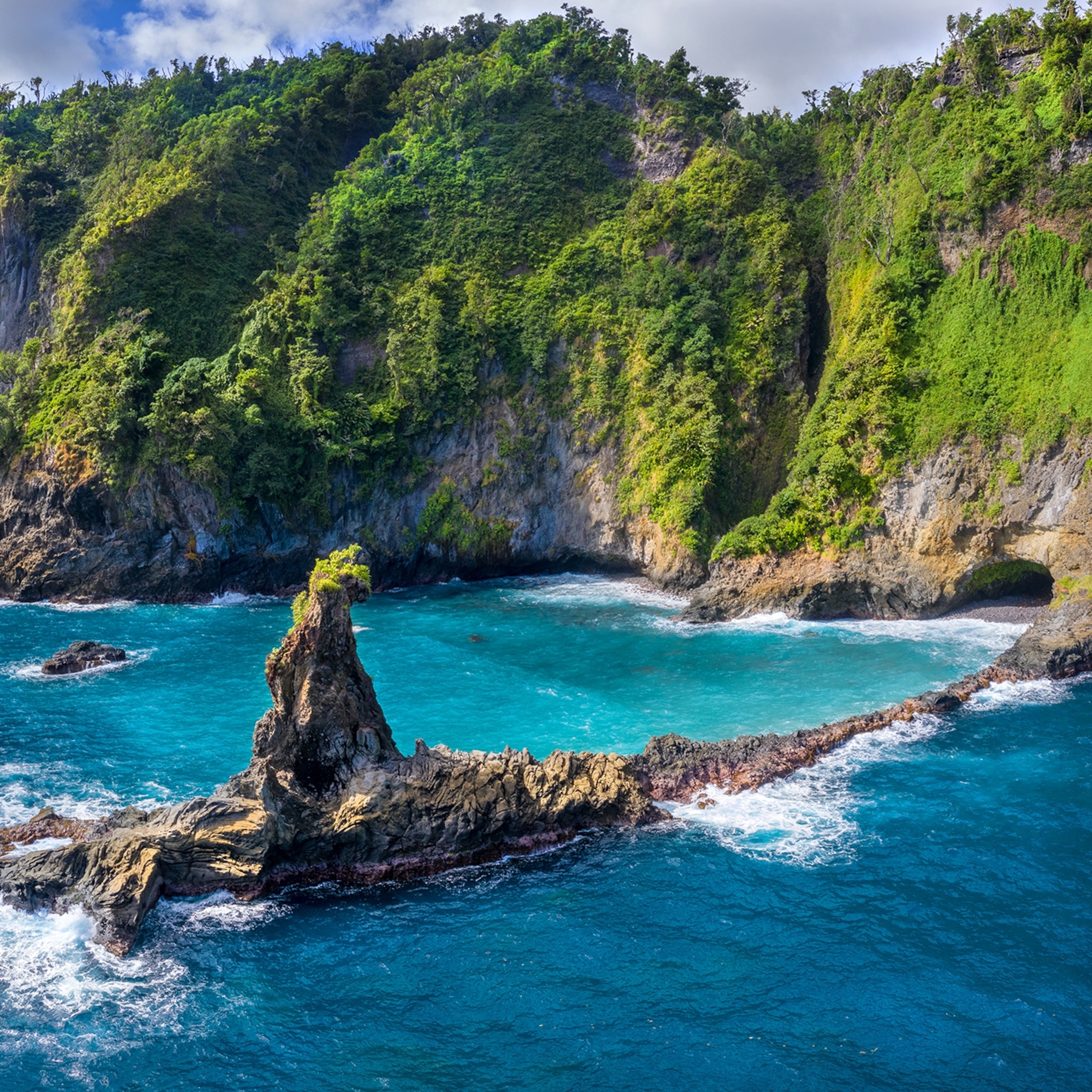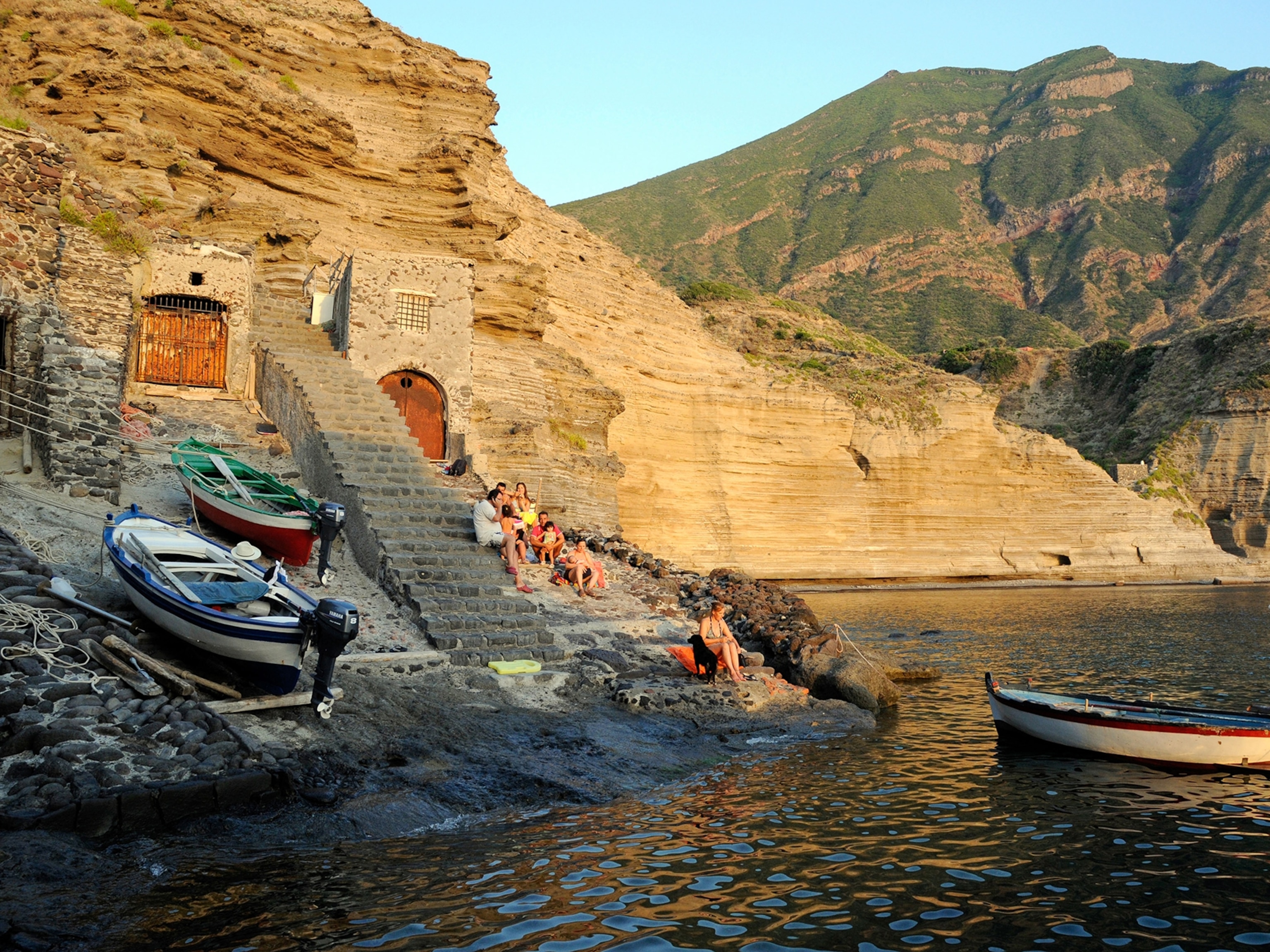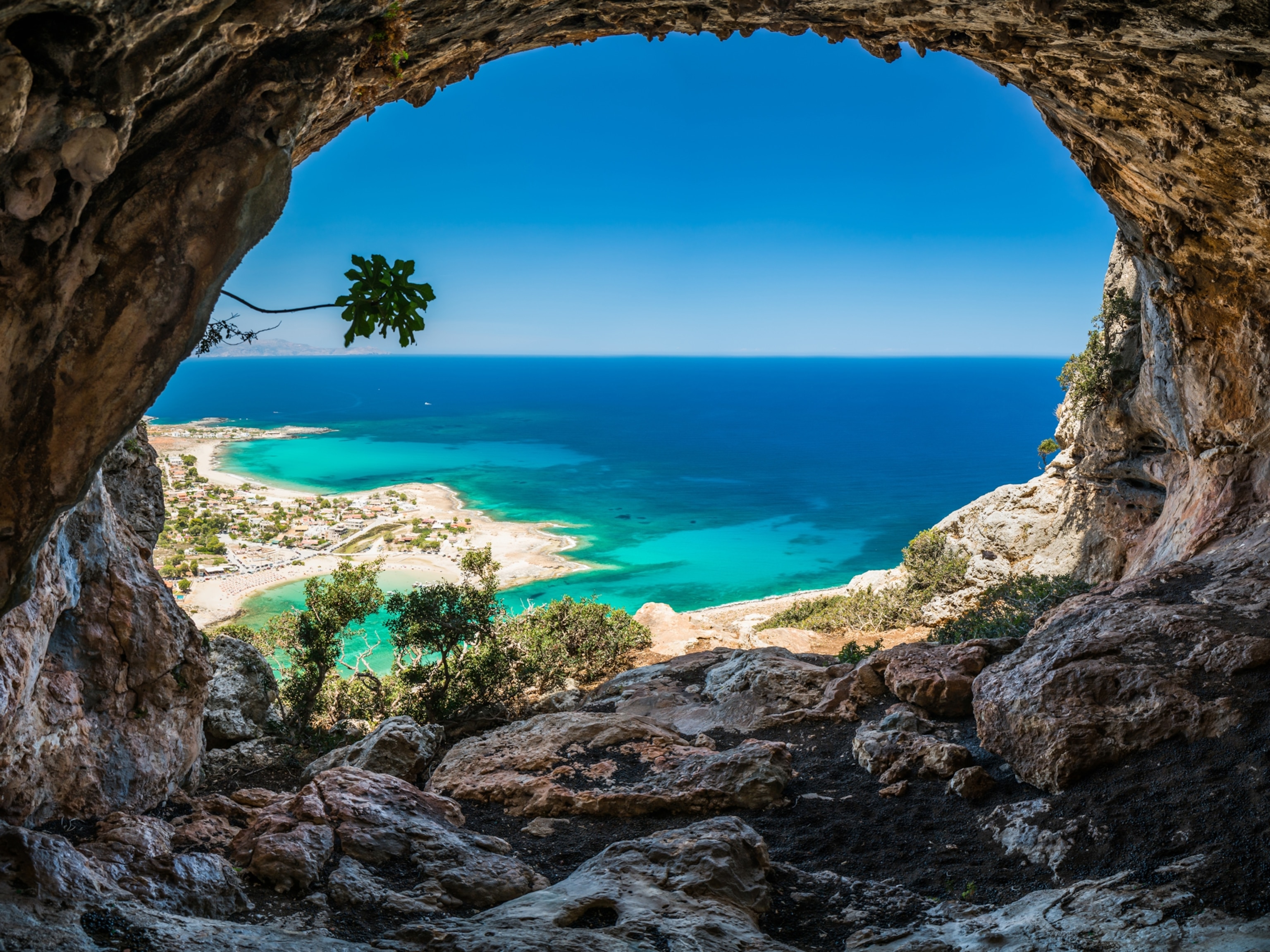
Visit this beautiful Mexican island with no car in sight
Go barefoot on pristine Isla Holbox, the Yucatán’s best-kept secret.
When you arrive on Isla Holbox, the first thing you’ll notice is the greeting party: Cotton candy-colored flamingos wading in the shallow, six-mile-wide lagoon that separates the island from mainland Mexico.
The second is the lack of paved roads. Other stretches of the Yucatán Peninsula—which comprises the Mexican states of Yucatán, Quintana Roo and Campeche, as well as parts of Belize and Guatemala—are crisscrossed with roads and clogged with traffic. But most holboxeños get around the car-free, 26-mile-long island by bike, and the white-sand beaches see only a fraction of the six million visitors that crowd nearby Cancún and Cozumel.
Here’s how to make the most of your trip.

This fishermen’s haven has been touted as the new Tulum, and while you’ll see similarities (yoga studios, quartz bowl meditation), travelers don’t come here to be seen—they come to get lost.
Holbox (pronounced hol-BOSH, meaning “black hole” in Maya) began attracting tourists a decade ago, and locals have since fought to stave off mega-resorts, the Washington Post reports. There are no cars, no postal service, no banks, and no high-rises (buildings are not permitted to top 40 feet). Electricity reached the island in 1987, and even now, visitors should expect spotty cell and WiFi signals. Google Maps doesn’t recognize the sandy pathways that function as informal streets, meaning you really should leave your phone behind and live in the moment. (Related: This charming Dutch village doesn’t allow cars.)
Dive into nature
Isla Holbox is part of Yum Balam, Mexico’s largest ecological reserve; nearly 75 percent of the island is a jungle of wild mangroves and empty beaches. The surrounding sea once swallowed up Spanish galleons; it’s said that pirates looking for freshwater later settled on the island, which was inhabited by a few Maya families, writes the Financial Times.
Days on Holbox revolve around the water. From June through September, whale sharks swim through the Gulf’s phytoplankton-rich waters, and visitors can take a sea safari to watch them feed. Operators including VIP Holbox Experience offer snorkel sessions (at a safe distance from the whale sharks), with a guest-to-guide ratio of two-to-one. Sail to nearby Isla Pájaros to see the 150-plus species of birds, including frigates and flamingoes, that flock there to nest.

At sunset, the entire island seems to congregate at the pier to watch the fiery show. On moonless nights, the beaches twinkle with bioluminescent phytoplankton, sometimes glowing even brighter as kayakers’ paddles stir the shallows.
Sip & stroll
Vibrant murals cover the wooden façades of shops and restaurants “downtown,” made up of a few blocks of sandy streets. The main drag—Calle Tiburón Ballena, or Whale Shark Street—divides the beach from thatched-roof boutique and family-run hotelitos and open-air eateries housed in palm frond-topped palapas. Only a small stretch of the skinny island is actually inhabited, and without the influx of international hotel chains, Holbox never feels overrun with tourists.
If you’ve forgotten your straw hat or tote bag, make a visit to the island’s best boutique, La Bazaar, housed inside Luuma, an open-air bar. After browsing the racks of crocheted bikinis and handcrafted caftans (which easily double as evening wear here), take a seat at one of the tables placed in the sand and indulge in Luuma’s tropical-themed cocktails.
Though home to fewer than 2,000 inhabitants, Holbox offers more than 50 restaurants and bars, most known for two main specialties: lobster pizza and tacos. Barba Negra serves some of the island’s most inventive dishes. A few spots share the spotlight for best lobster pizza status, including laid-back eatery Roots and Edelyn Pizzeria, which claims to be the pie’s creator.
Plan your trip
Drive two hours northwest from Cancún (or book an airport transfer service, such as STP Caribe) to the port of Chiquilá, where the Holbox Express ferry sets off for the 20-minute trip to Holbox. Secure lots along the port offer parking for less than $3 per day. (Public buses run from Cancun’s central bus station downtown to Chiquilá, if you don’t mind a longer trip.)
Once you arrive on Holbox, golf carts await by the dock to whisk travelers off to their hotels for a few dollars. It’s a 10-minute ride along the main drag to the island’s only town: Holbox. Bikes and golf carts are the main modes of transport—you’ll find a number of rental shops on the island, and most hotels offer complimentary beach cruisers—but you can go almost anywhere on foot. Palapa-style hotels line the island’s northwestern coast, a five-minute walk from the town.
At Ser CasaSandra—an 18-room oasis dreamed up by Cuban artist and collector Sandra Pérez Lozano—the hand-selected antiques and artworks lend a homey atmosphere. Don’t look for TVs, telephones, alarm clocks, or radios in these rustic-yet-chic rooms; instead, take advantage of the onsite yoga. The food at candlelit Ser Esencia, which also offers a beachside menu, is a great choice.
Around the corner, family-run Punta Caliza is more minimalist. Instead of a patio, a wading pool connects the rooms of the design-savvy hotel constructed from cedar sourced from the family farm in Tabasco.
